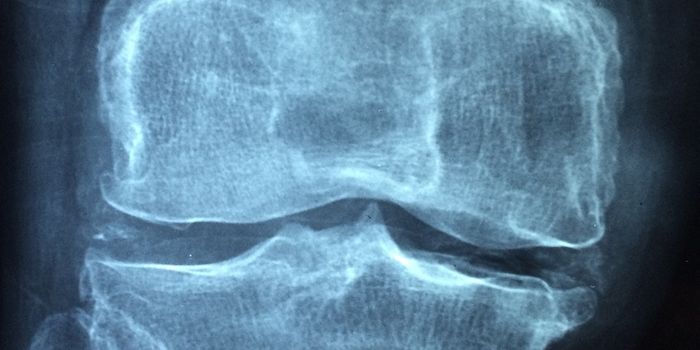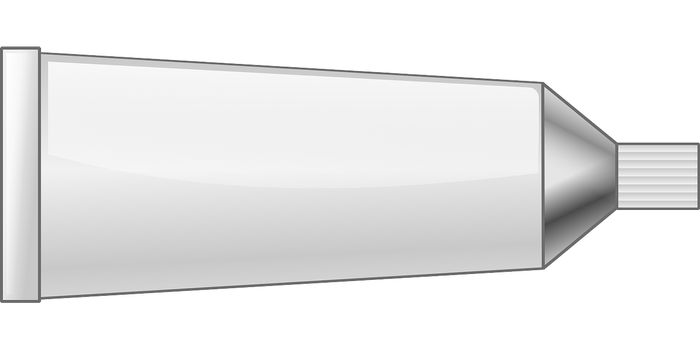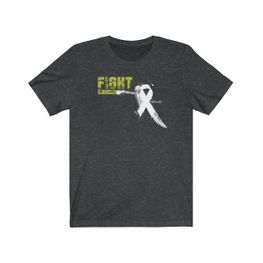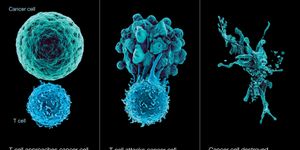Alternative Therapy for Peripheral Artery Disease

To fight peripheral artery diseases (PAD), an “ailment affecting 8 million Americans”, researchers at LSU School of Veterinary Medicine have discovered two drugs found in red wine that may serve as an alternative treatment: resveratrol and quercetin.
These particular drugs hold beneficial effects on arterial cells, such as healing, without any adverse side effects commonly seen in PAD therapies. The researcher’s goal was to use drugs that do not pose a threat to cells but rather restrict them from growing and narrowing an artery. "Dr. Dugas discovered that these two drugs in combination worked well for that purpose," said Crisitna Sabliov, LSU Biological and Agricultural Engineering professor. "She found the right potion, but she wanted the drugs released over time, and for that, she needed a smart delivery system. To be able to do that, Assistant Research Professor Carlos Astete and myself loaded these drugs into a nanoparticle," says Sabliov. "Nanoparticles are really, really small -- only 100-200 nanometers (nm). In comparison, a hair is 70,000 nm thick."
Researchers will seek to develop a drug-coated balloon (DCB) therapy where red wine compounds are sprayed evenly on the outside of a balloon in a nanoparticle can adhere to vessel walls, releasing the compound and preventing the growth of cells and narrowing of vessels to allow blood. "The whole procedure takes only a few minutes, so we need to make sure the particles are released from the balloon very quickly," said Sabliov.
However, research is never simple: "We have some challenges because, number one, you want the drugs released over time," Sabliov said. "And number two, the two different chemicals have to be in the optimum ratio that she [Dugas] finds works best. If they have a positive charge, then they attach quickly to the cells. "The ratio must be 1:2 because that's the magic potion that will make the drugs effective. We didn't want the drugs to kill the cells. We just wanted them to prevent the cells from growing back."
Learn more about peripheral artery disease (PAD):
Source: Louisiana State University, Journal of Biomedical Materials
-
APR 17, 2024Cannabis Sciences Virtual Event Series 2024
-
APR 30, 2024Immuno-Oncology Virtual Event Series 2024
-
MAY 07, 20243rd International Biosecurity Virtual Symposium
- See More

















































